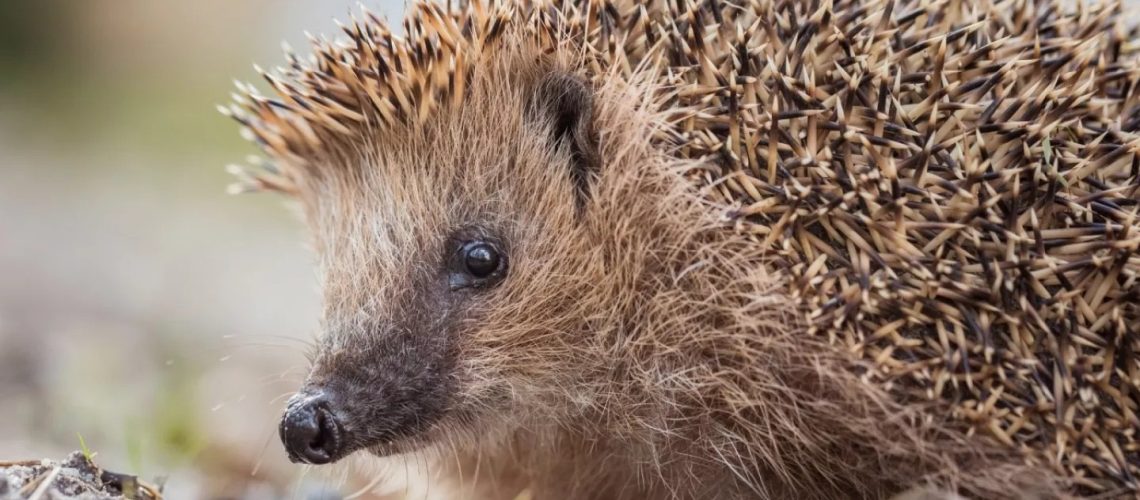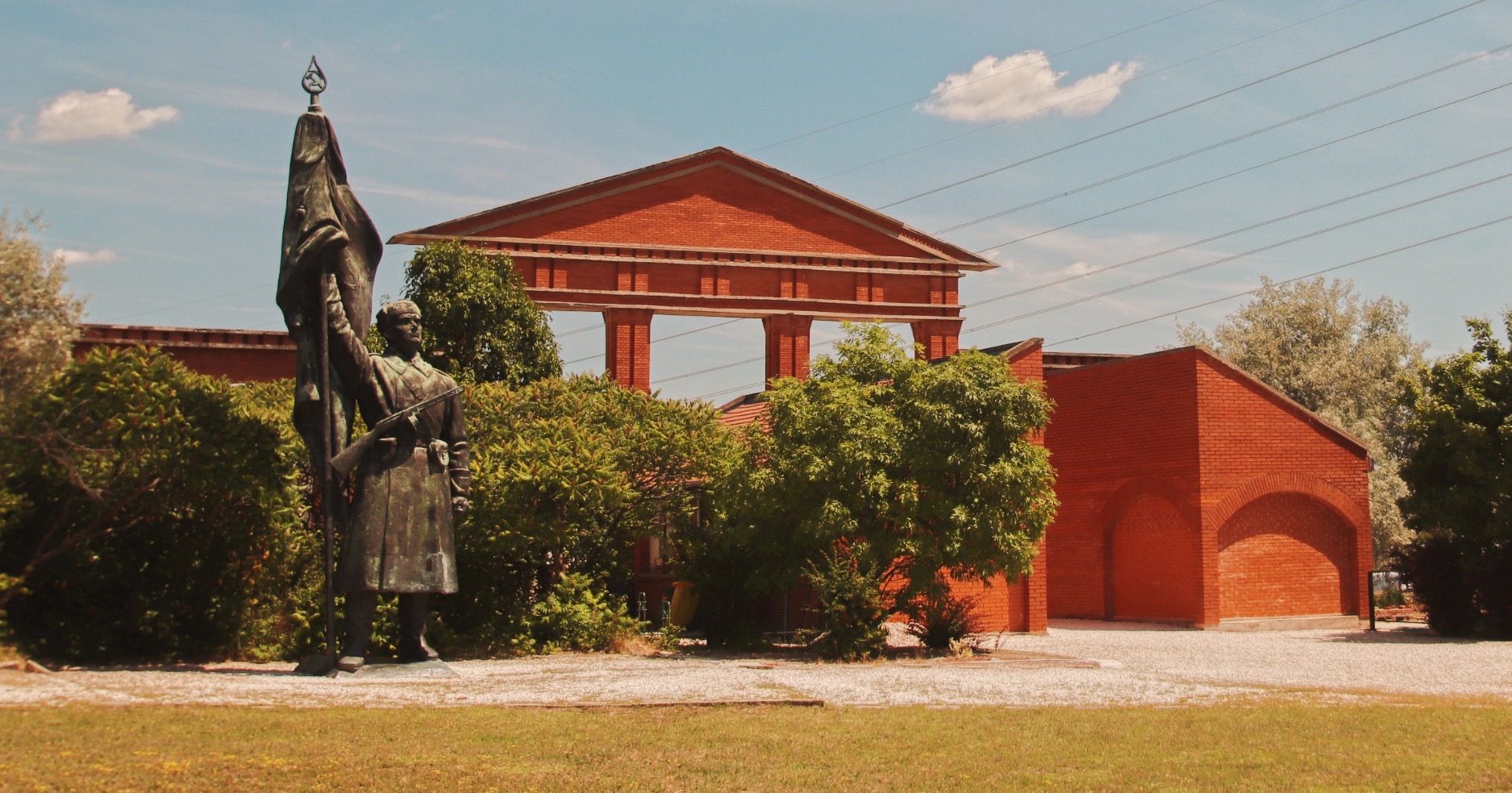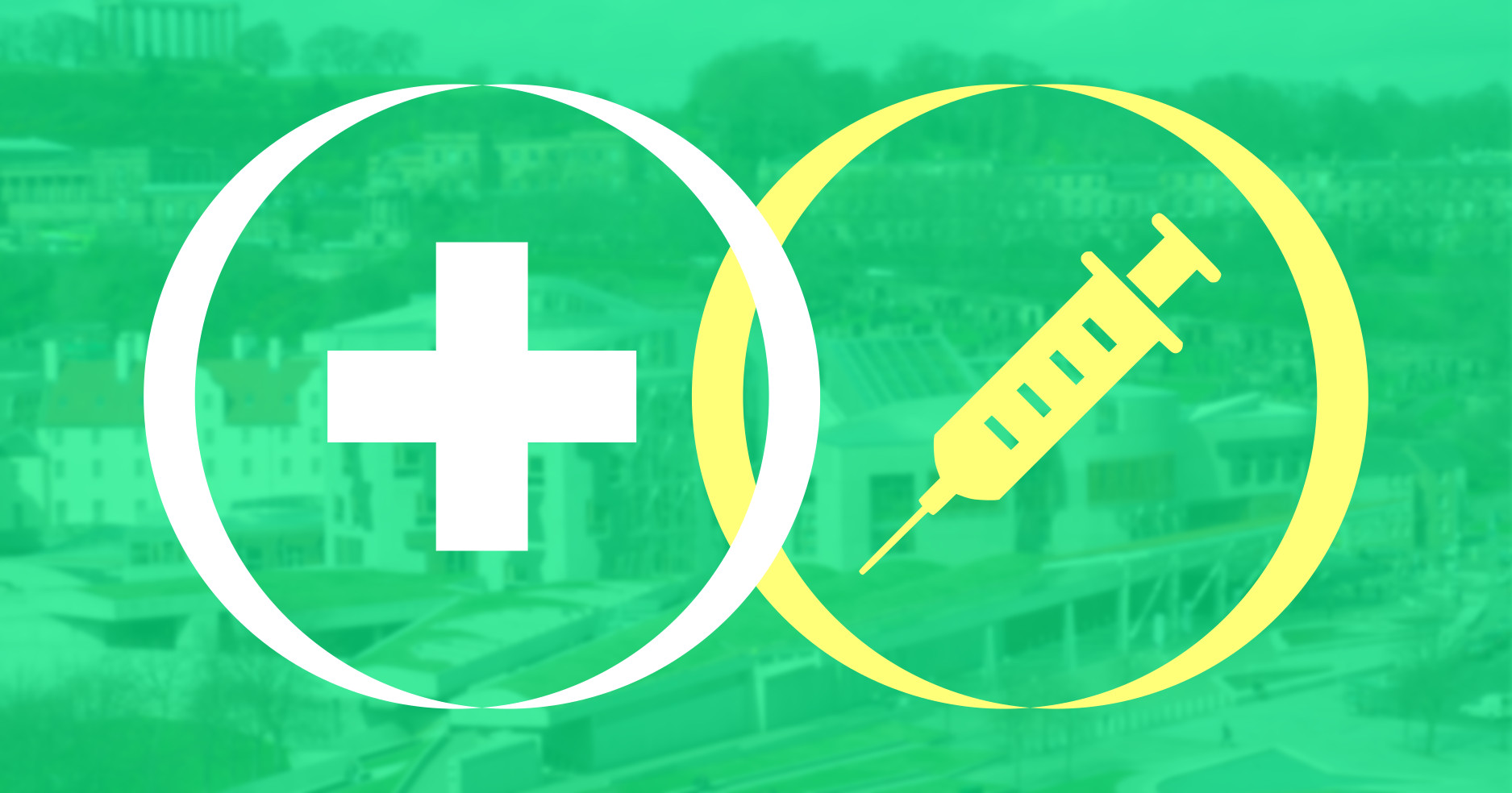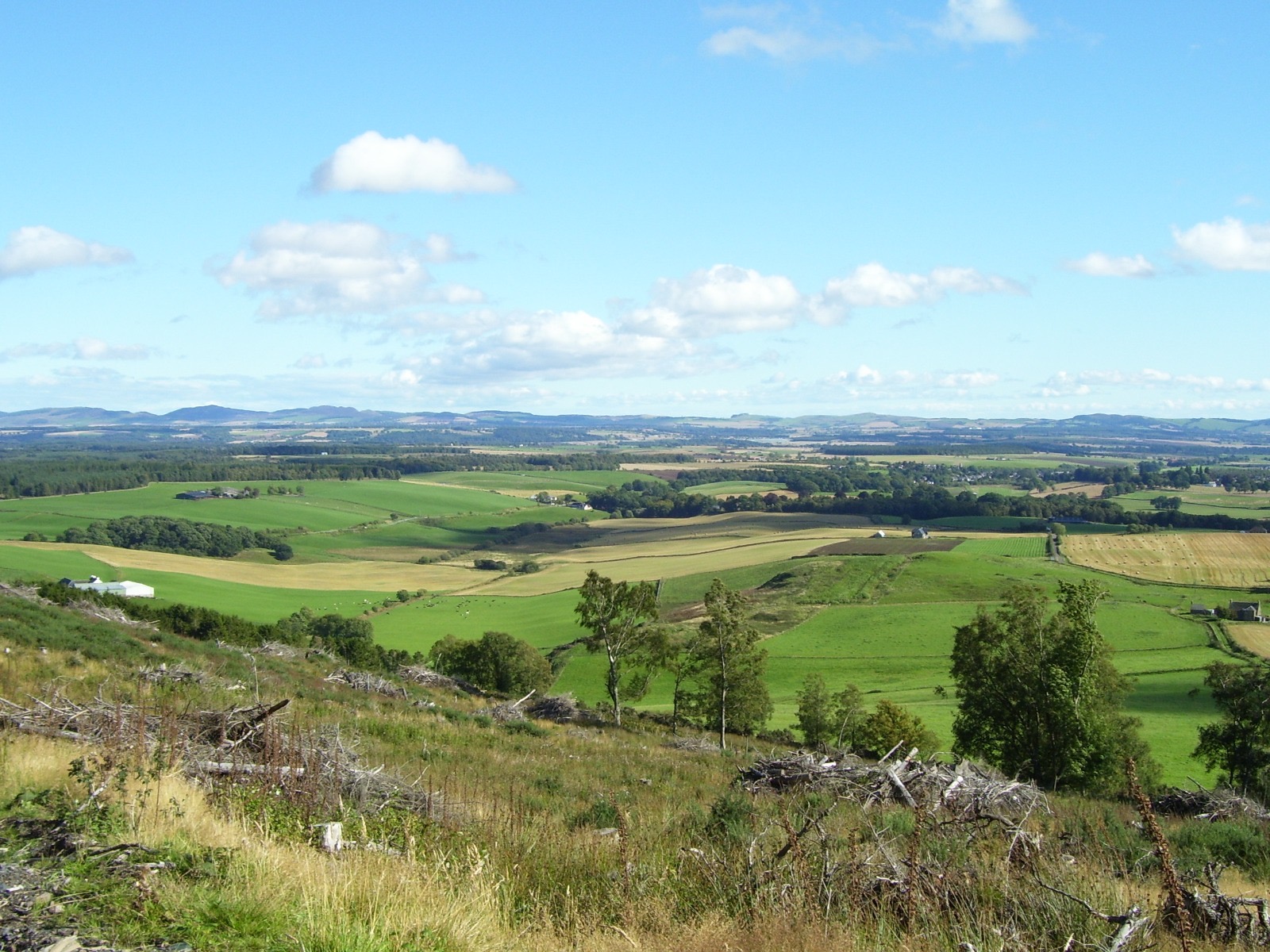This year, the International Union for the Conservation of Nature (IUCN) Red List changed the conservation status of the Western European Hedgehog (Erinaceus europaeus) from “Least Concern” to “Near-Threatened”. In the UK, the hedgehog population is estimated to have declined by 19% over the past 10 years. For Scotland, in 1995 there were an estimated 310,000 individuals, while in 2020 there was estimated to only be 196,000.
A major driver of this decline is road casualties. It’s been estimated that between 167,000 and 335,000 individuals are killed by road traffic each year across the UK. If the number of cars on the road continues to rise as expected, driven in part by an insufficient public transport system, then this will only add further population pressure. The need for car companies to accumulate capital places them in opposition to the reduced road traffic needed to protect wildlife. Loss of habitat and consumption of pesticides, both directly and through bioaccumulation in prey, are also ongoing threats.
It goes without saying that hedgehogs are far from the only victims of Human activity in the holocene epoch. 28% of all species assessed by the IUCN Red List are threatened with extinction, the average size of wild vertebrate populations has fallen by 73% in the last 50 years, and insect populations are estimated to be declining by 1-2% each year.
These extinctions pose a growing threat to humanity’s existence as well. Without the services provided by functioning ecosystems such as soil formation and pollination, we would not be able to survive as a species, but these ecosystems cannot survive the continual loss of the species which form them. While the minds of many jump to the immediate ecological steps which are needed to stave off ecosystem collapse, the effectiveness of these are greatly limited by the inherent nature of capital.
The Immediate Solutions
In the short term, there are numerous actions that could be taken to support struggling populations. One of these actions is habitat restoration, for example, restoring wildflower meadows, which have declined across Britain by 97% in the past century. This would go a long way to supporting insect populations, especially british butterflies. This in turn would increase the food supply for insectivorous vertebrates, strengthening the foundation of Scotland’s deteriorated food webs.
Predator reintroduction is a complicated, nuanced and controversial topic. Rural communities, and even heads of nature organisations, have expressed understandable reluctance at the idea of returning wolves or bears to Scotland’s ecosystems. However, even the introduction of a smaller predator such as the lynx, would be a major step towards naturally regulating out of control deer populations. This would allow deteriorated habitats to naturally recover, easing pressure on numerous species, including our now threatened hedgehogs.
The Deeper Problem
While the above solutions are important to nature recovery in Scotland, and the UK more broadly, our ability to implement them is severely limited by our current economic system. Alongside the example of car sales and hedgehogs, land in itself is a valuable commodity. Restoring natural habitats on this land takes away its potential to be sold and developed, limiting the potential accumulation of capital which our society currently depends on.
Farmers have to make a livelihood for themselves and often feel that predator reintroduction is a threat to their economic interests. The reintroduction of predators would inevitably result in the loss of livestock and require more money to be invested in its protection.
Humanity is dependent on the services provided by functioning ecosystems. The collapse of these ecosystems via species and habitat loss fundamentally threatens human society, while limiting development on land and making profit from animals does not. The need for profit, both for large companies to continue to grow and for a smaller farmer to survive, is at odds with healthy ecosystems, and so with humanity.
A Red and Wild Scotland
While many environmentalist groups and parties offer short-term solutions which depend on capital’s cooperation, further limiting the effect of these proposals due to capitalism’s nature to seek constant growth at nature’s expense, we must go beyond this. As biodiversity continues to decline, as more species upon which natural processes depend die out, we cannot stand alongside capitalism, merely watching it all vanish in the name of profit.
A socialist economy, built upon democratic public ownership, would allow us to step over the selfish interests of the wealthy minority. Local communities could work to restore degraded ecosystems and protect native species. Land use could be planned in a democratic manner to do the same on a national level. Our food supply would no longer depend on the ability of private farmers to keep themselves financially afloat, making the accommodation of reintroduced predators much more practical.
Only socialism can guarantee a future for wildlife and humanity.








